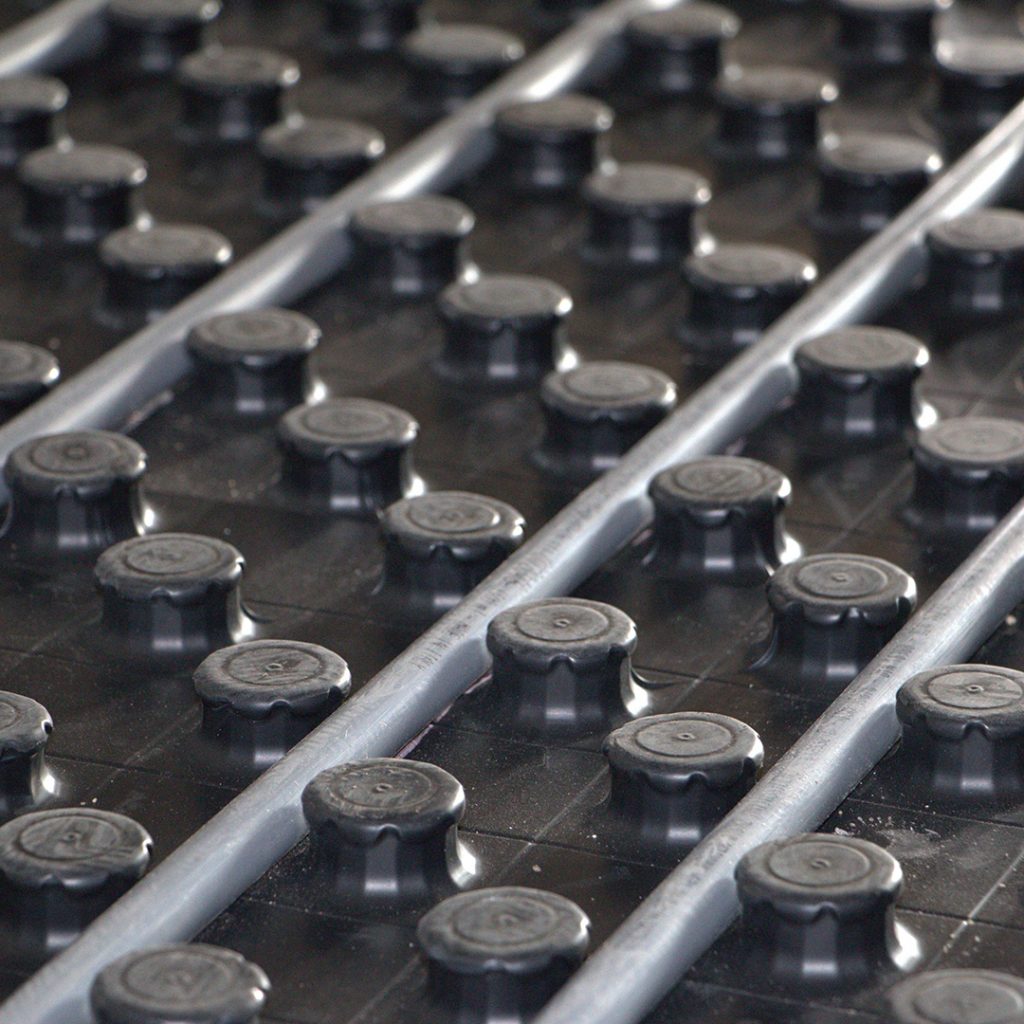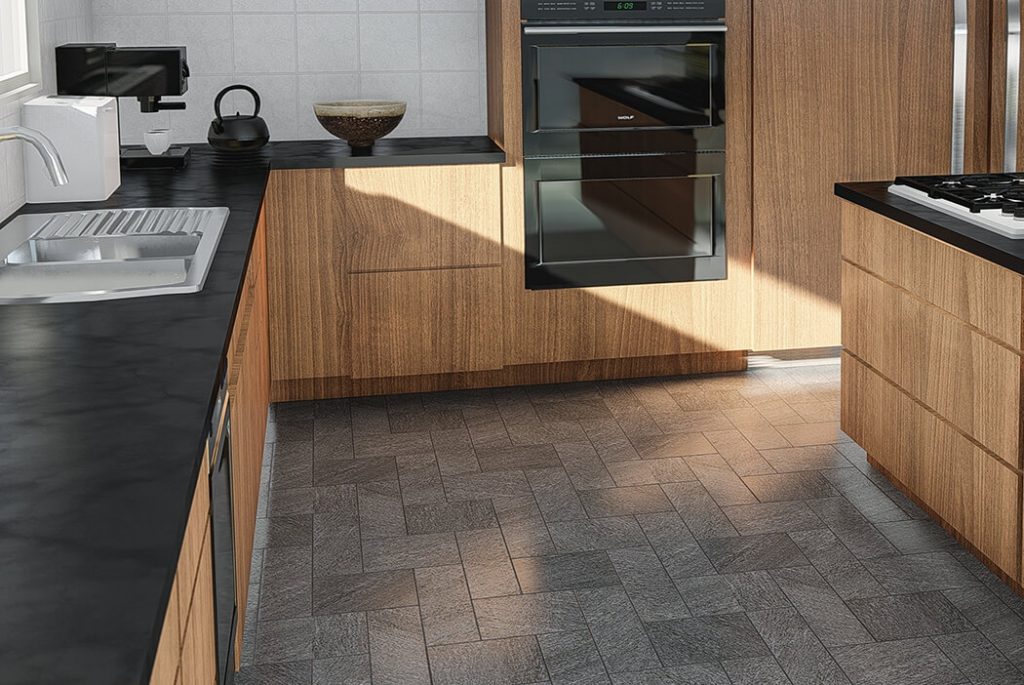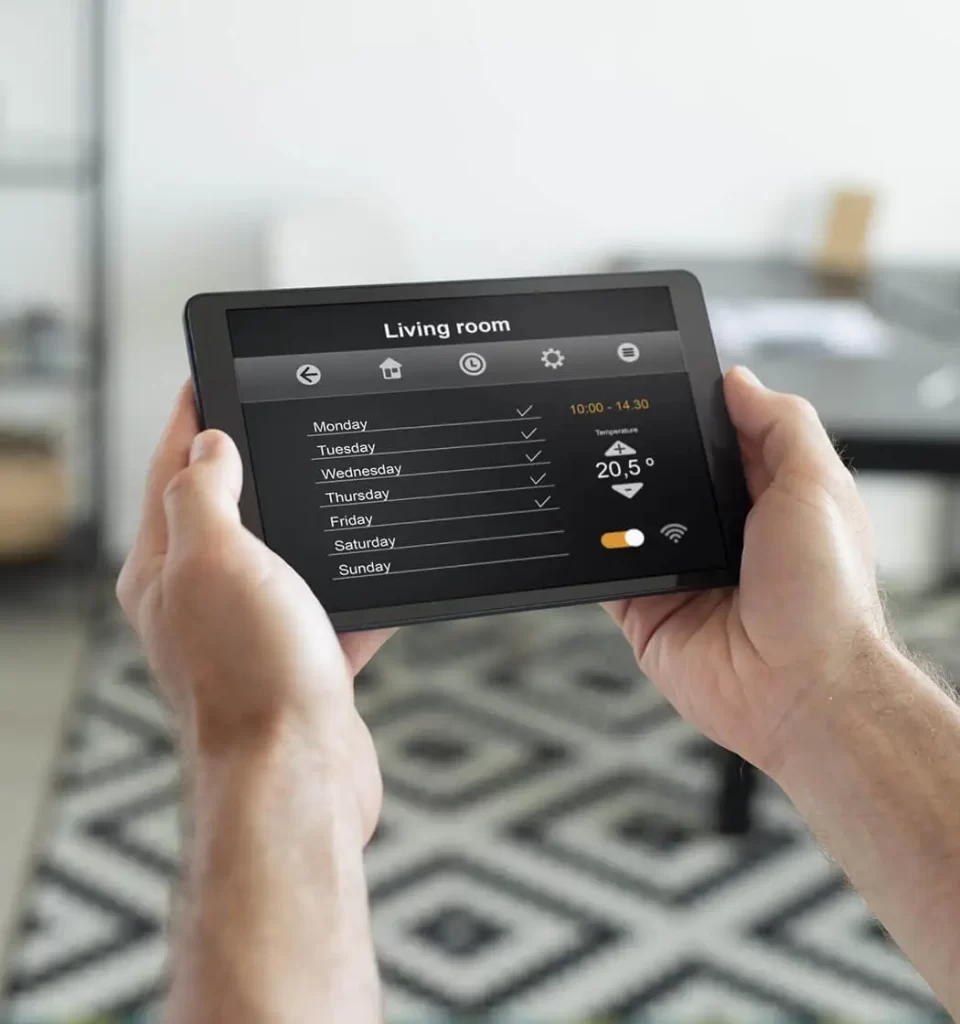Experience the Ultimate Comfort with Our Underfloor Heating Solutions
Transforming Your Living Spaces with Underfloor Heating
Are you tired of stepping onto cold floors on a chilly morning? Upgrade your home’s comfort with our underfloor heating solutions. Our state-of-the-art heating systems provide even warmth and comfort throughout your entire home, without the need for radiators or bulky heating units.
At Magic Tiling Auckland, we offer a wide range of underfloor heating options to suit your needs and budget. Our team of experts will work with you to design a custom heating solution that meets your specific requirements.
Not only does underfloor heating provide comfort and warmth, but it also adds value to your home. With a sleek and unobtrusive design, our underfloor heating systems won’t take up valuable wall or floor space, making them ideal for even the smallest of homes. Say goodbye to cold floors and chilly rooms, and experience the ultimate comfort with our underfloor heating solutions.

Underfloor heating how it works?
Underfloor heating operates on the principle of radiant heat, providing a comfortable and efficient heating solution for your home. It eliminates the need for traditional radiators or bulky heating units, allowing you to maximize your living space.
The system consists of heating elements installed beneath the floor surface, which evenly distribute heat throughout the room. There are two main types of underfloor heating: electric and water-based (hydronic).
Electric underfloor heating utilizes electric cables or mats installed beneath the floor. When the system is activated, the cables or mats heat up, transferring warmth to the floor and radiating it upwards.
This method allows for precise temperature control in individual rooms or zones, ensuring customized comfort throughout your home. Electric underfloor heating is particularly suitable for retrofitting projects or rooms with limited space.
Regardless of the type, underfloor heating provides an even and gentle heat distribution from the floor upwards, creating a cozy and comfortable environment. The heat radiates evenly across the room, eliminating cold spots and ensuring consistent warmth throughout.
By avoiding the use of radiators or forced air, underfloor heating minimizes air movement and reduces dust circulation, making it a popular choice for allergy sufferers.

Choosing the Right Floor Covering for Efficient Underfloor Heating
Ceramic Tiles and Stone: Electric underfloor heating is commonly installed beneath ceramic tiles and natural stone flooring. These materials have excellent thermal conductivity, allowing heat to transfer efficiently to the surface.
Laminate: Electric underfloor heating can be installed under laminate flooring, providing gentle warmth without compromising the stability and durability of the laminate boards. However, it’s crucial to follow manufacturer guidelines and choose compatible systems suitable for laminate floors.
Engineered Wood: Electric underfloor heating is compatible with engineered wood flooring, offering comfortable warmth while maintaining the integrity of the wooden boards. It’s important to check the specific requirements of the flooring manufacturer to ensure compatibility with underfloor heating.
Vinyl and Luxury Vinyl Tiles (LVT): Electric underfloor heating can be installed beneath vinyl and luxury vinyl tile flooring. These materials are relatively thin and have good heat transfer properties, making them suitable for use with underfloor heating.
Concrete: Electric underfloor heating can be embedded within a concrete subfloor, providing efficient heat distribution throughout the space. This is often used in new construction or during major renovations where the concrete floor is exposed.

Electric underfloor heating running costs
Electric underfloor heating systems offer both comfort and efficiency, but it’s important to consider the running costs associated with them. The cost of running electric underfloor heating primarily depends on factors such as the size of the area being heated, the desired temperature settings, and the insulation of the room.
However, it’s worth noting that electric underfloor heating can be an energy-efficient option when used correctly.
Insulation
One factor that affects the running costs of electric underfloor heating is insulation. Proper insulation helps retain the generated heat within the room, reducing heat loss to the surrounding areas.
Well-insulated rooms require less energy to maintain the desired temperature, resulting in lower running costs. It’s recommended to insulate both the subfloor and the room’s walls to maximize the efficiency of the system.
Adequate insulation not only reduces energy consumption but also ensures a more consistent and comfortable heating experience.
Zone control
Another aspect to consider is the zoning capability of electric underfloor heating systems. These systems often allow for individual room or zone control, enabling you to adjust the temperature according to specific needs.
This zoning capability provides flexibility and can contribute to cost savings. For example, you can lower the temperature in less frequently used rooms or adjust the heating schedule based on occupancy patterns.
By optimizing the heating in different zones, you can effectively manage energy usage and reduce running costs.
Programmable thermostats
Lastly, it’s important to note that electric underfloor heating systems often offer programmable thermostats and smart controls, allowing you to set schedules and optimize energy usage. By programming the system to operate only when needed, such as during occupied hours, you can further reduce running costs.
Additionally, many electric underfloor heating systems have built-in sensors that monitor the floor temperature, helping to maintain an efficient and comfortable heating environment while minimizing energy waste.

Floor heating installation cost
The overall cost of floor heating installation can vary depending on several factors. These factors include the size of the area to be heated, the type of floor heating system chosen, the complexity of the installation process, and any necessary modifications to the existing flooring or subfloor.
The cost of materials will depend on the type of floor heating system you choose, including heating cables, mats… Additionally, there may be additional costs for accessories such as insulation boards, leveling compounds, or self-leveling underlayments, depending on the specific requirements of your installation.
It’s worth noting that floor preparation may be required before the installation of the heating system. This could involve removing the existing flooring, ensuring a level subfloor, and addressing any issues such as cracks or uneven surfaces.
While the installation cost is an important consideration, it’s essential to remember that a well-installed floor heating system can provide long-term benefits, including energy-efficient heating and increased comfort.
It’s recommended to consult with our reputable heating professionals to obtain accurate estimates tailored to your specific requirements and receive guidance on choosing the most suitable floor heating system for your space.

